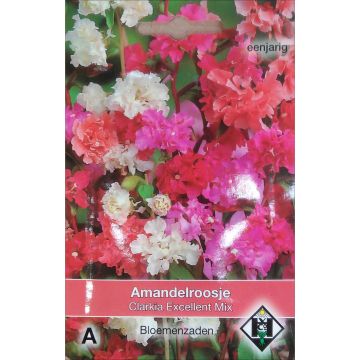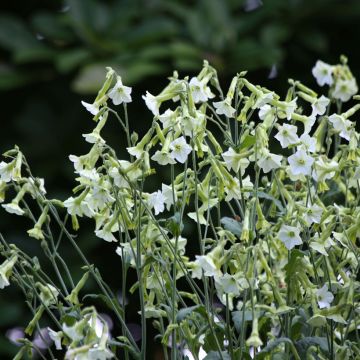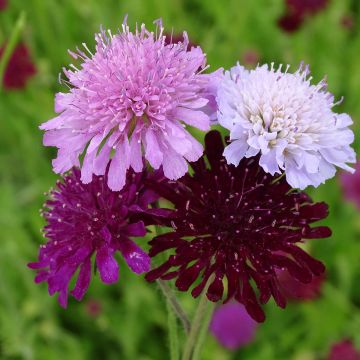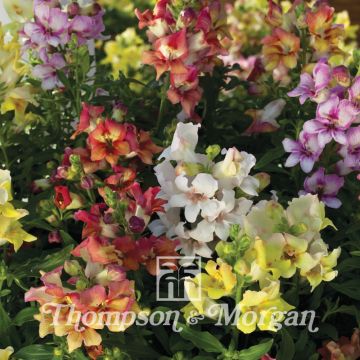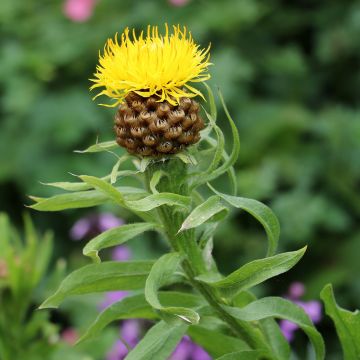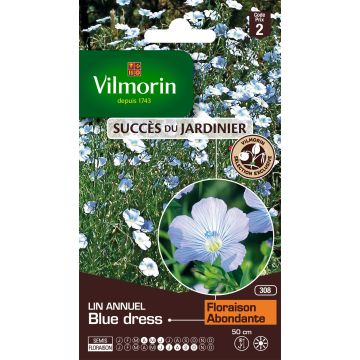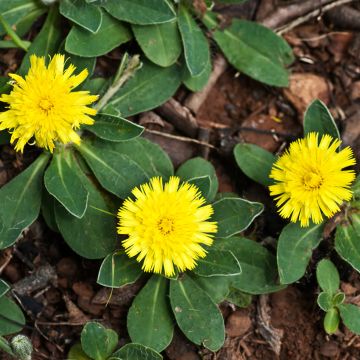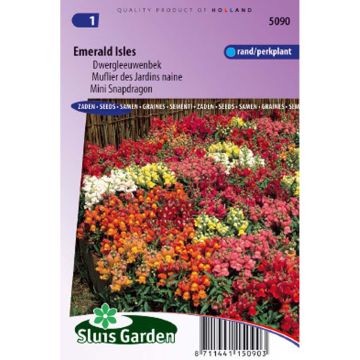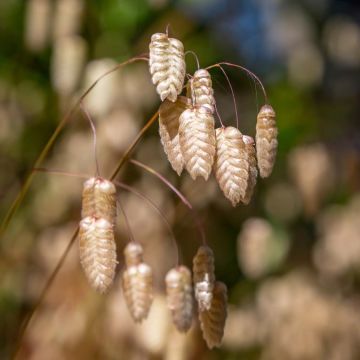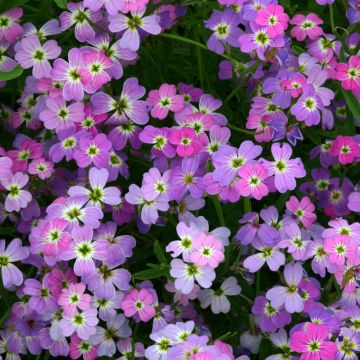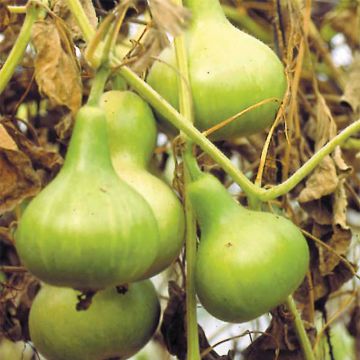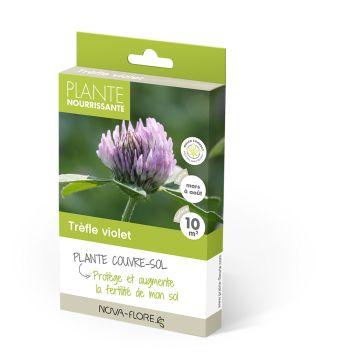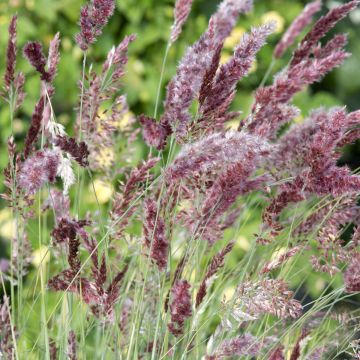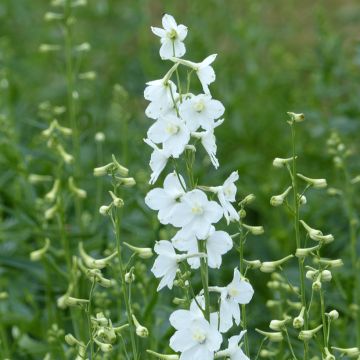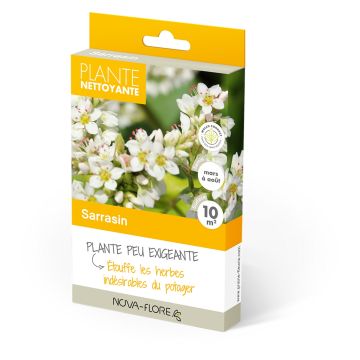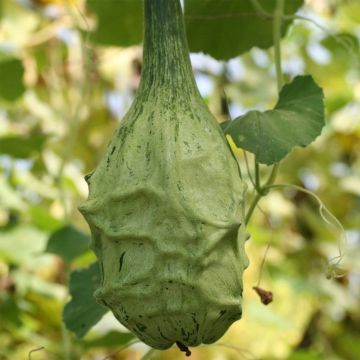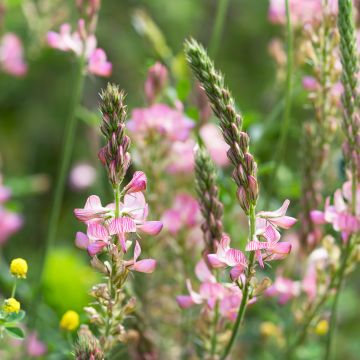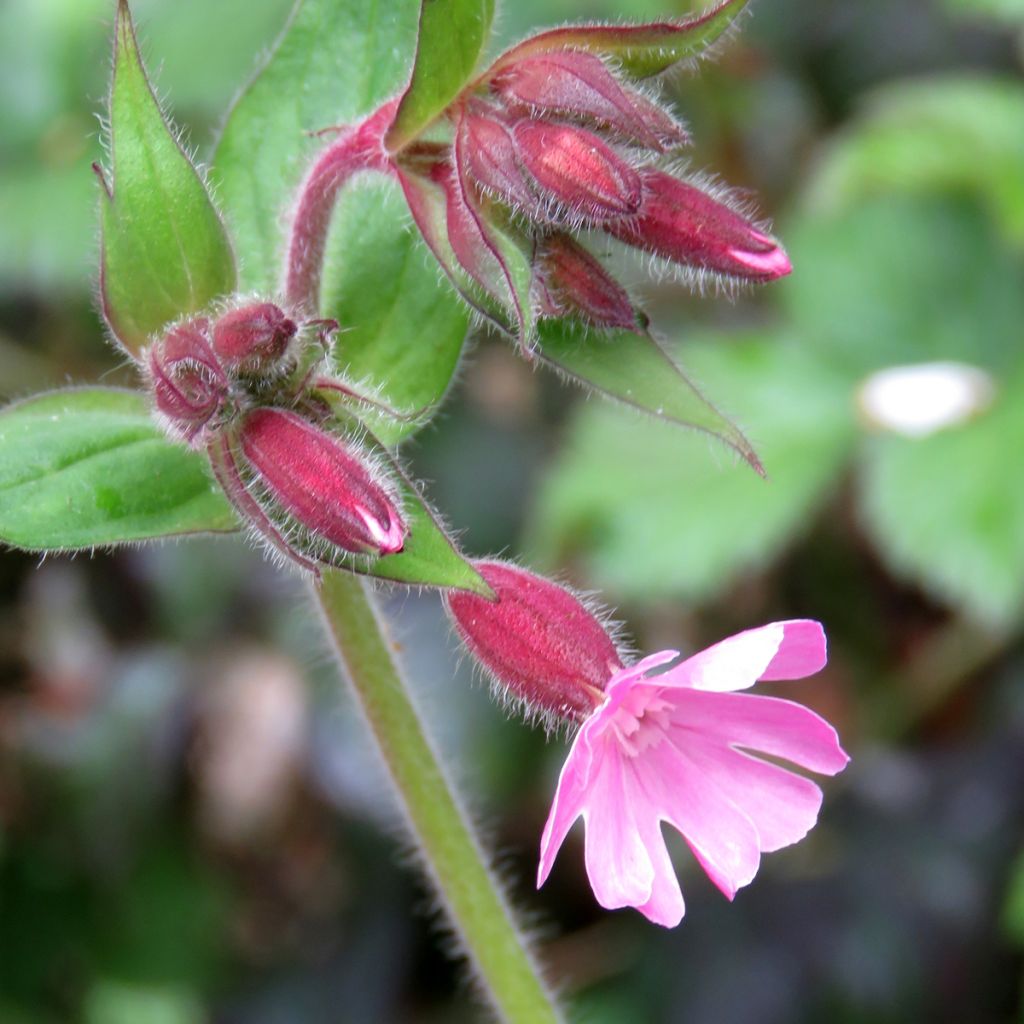

Silene dioica
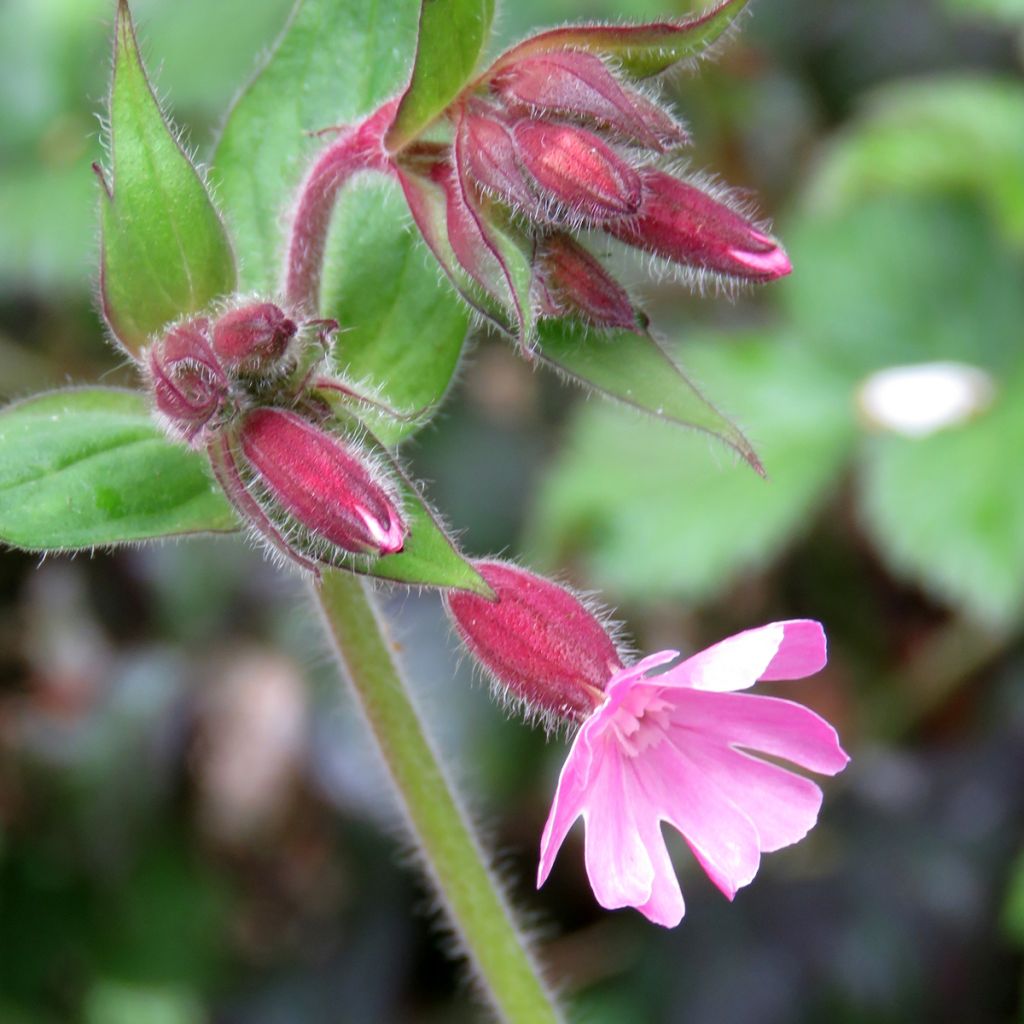

Silene dioica
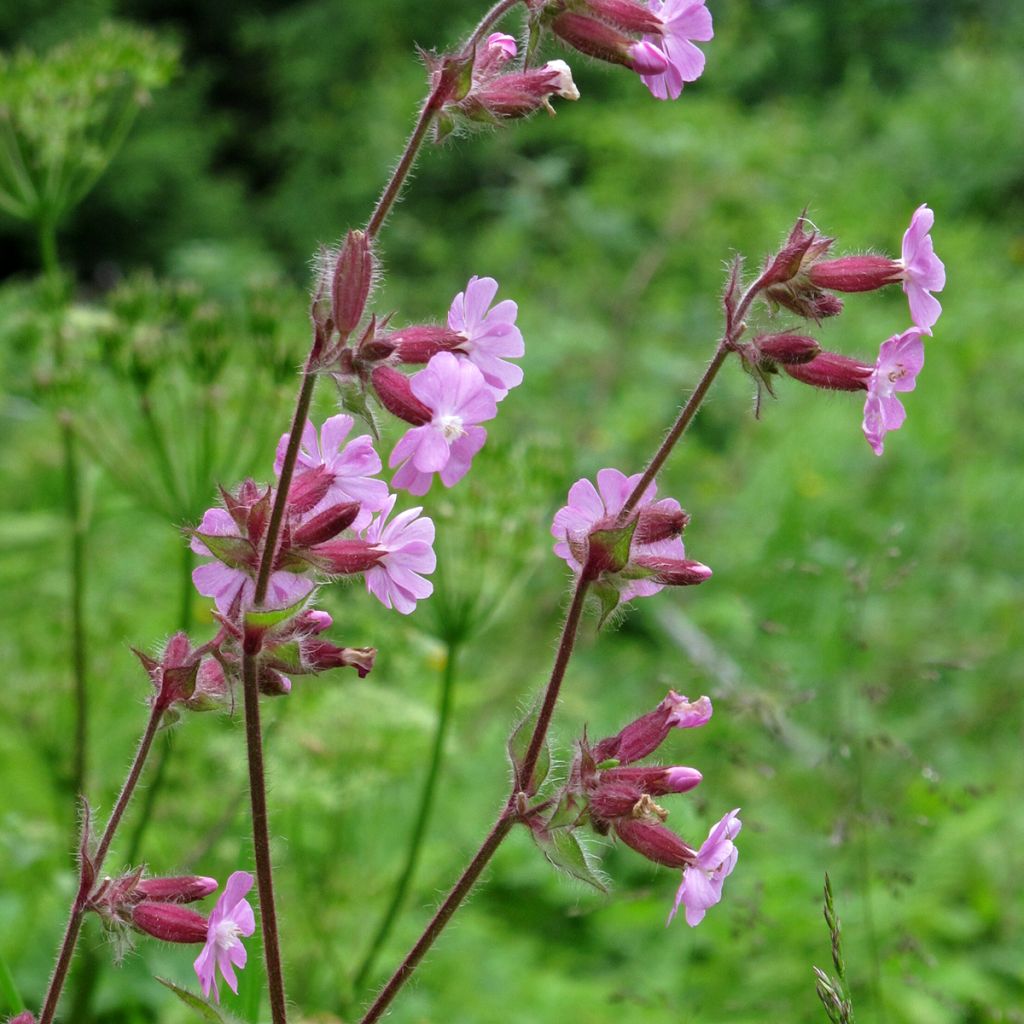

Silene dioica
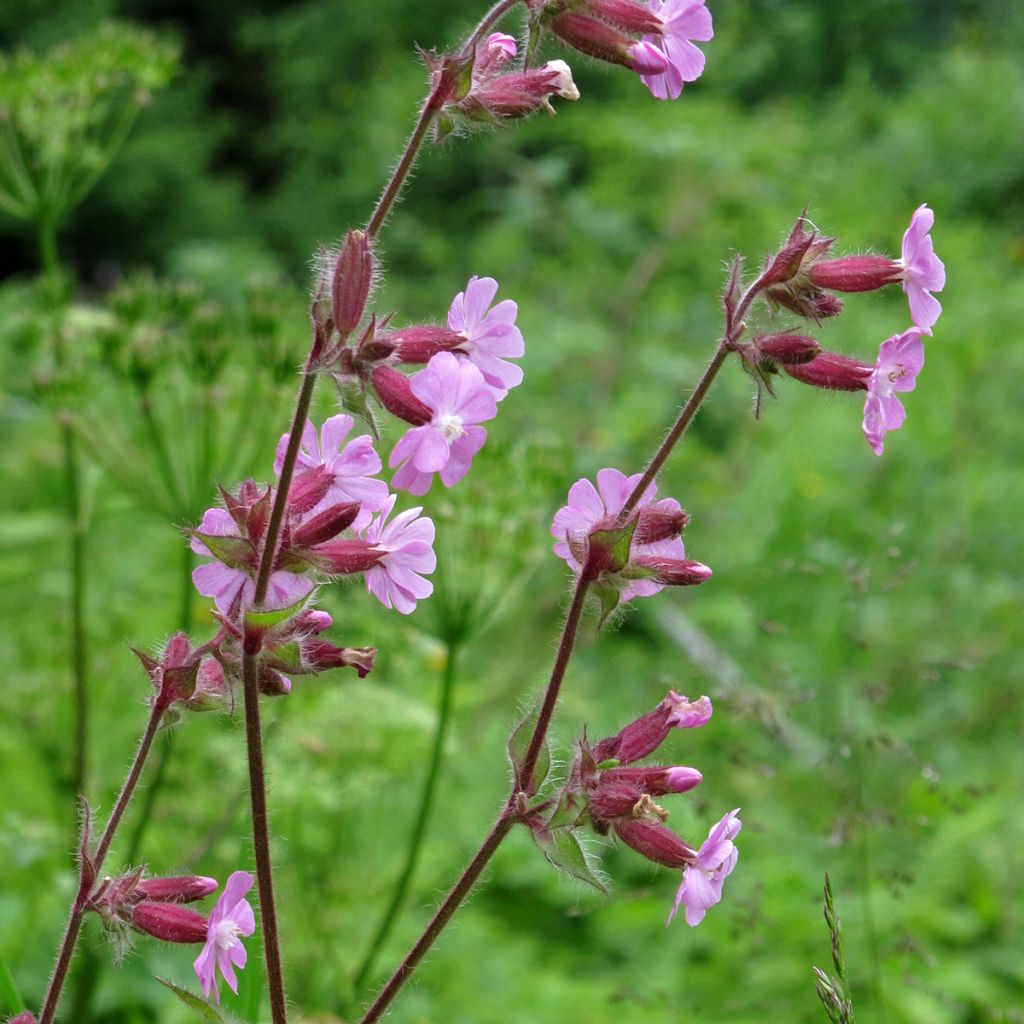

Silene dioica
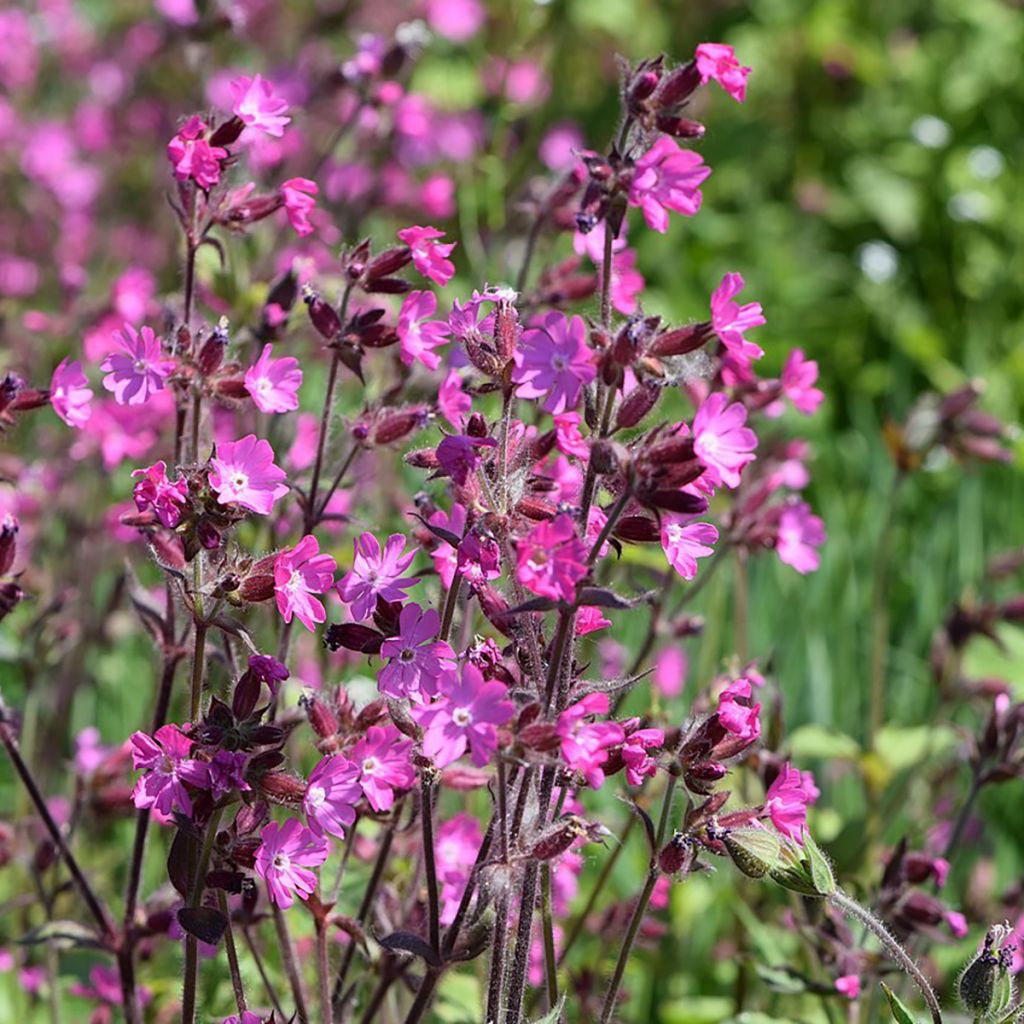

Silene dioica
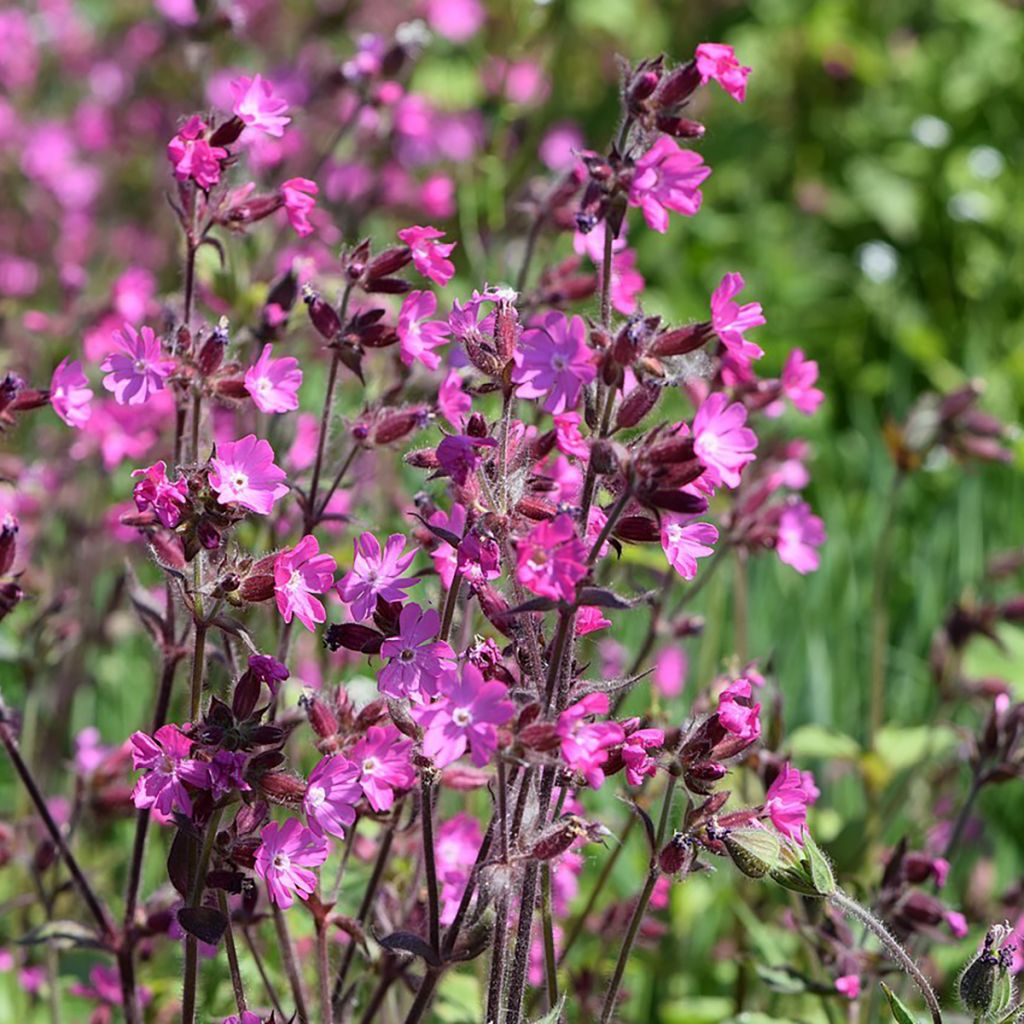

Silene dioica
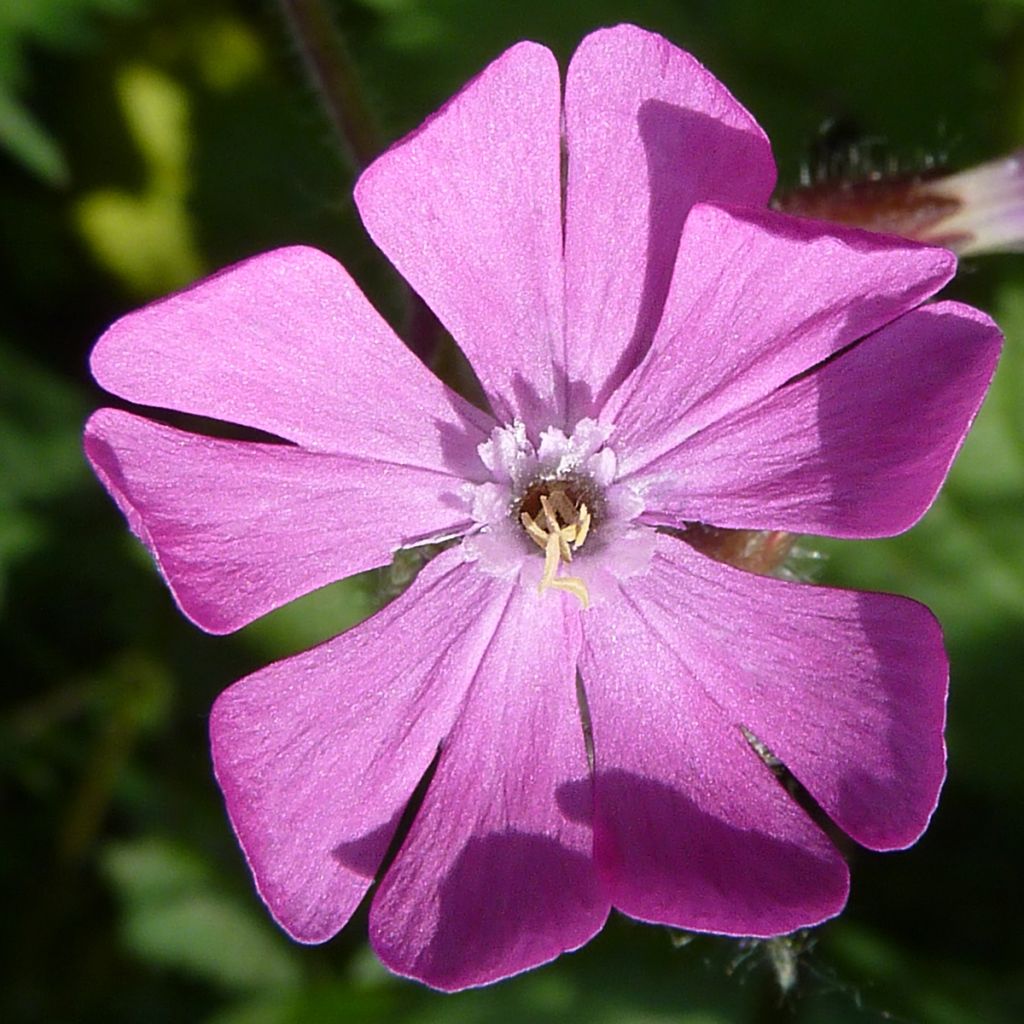

Silene dioica
Silene dioica
Silene dioica
Red Campion, Red Catchfly
This item cannot be shipped to the selected country
Dispatch by letter from €3.90
More information
Schedule delivery date,
and select date in basket
This plant carries a 6 months recovery warranty
More information
We guarantee the quality of our plants for a full growing cycle, and will replace at our expense any plant that fails to recover under normal climatic and planting conditions.
Seed-only orders are dispatched by sealed envelope. The delivery charge for seed-only orders is €3.90.
Does this plant fit my garden?
Set up your Plantfit profile →
Description
The Red Campion or Silene dioica is a perennial herbaceous plant present in Europe. It is not demanding but very generous in flowering, offering small pink-red flowers with five notched petals from May to October. The leaves are edible. The plant forms a beautiful erect, floriferous and nectariferous tuft. Use it in a countryside garden to lighten up flower beds. Sow in spring, in a tray or directly in the ground.
Silenes are plants of the caryophyllaceae family, just like carnations. Silene dioica is naturally present in Western Europe. It prefers moist soil and is frequently found along paths and in the edges of shaded woodlands. It is an herbaceous plant with a perennial stump, fast growth, and is very hardy. It produces a basal tuft of elliptical to lanceolate linear leaves, from which branched leafy stems reach about 70-80 cm (28-32in) in height. Flowering takes place over many weeks, from May-June to September-October. Each stem produces inflorescences in cymes, composed of several flowers measuring 2 to 4 cm (1 to 2in) in diameter with a swollen base and 5 notched petals. They are pink-red in colour. This flowering is followed by the formation of numerous fine seeds that easily germinate in light soil, dispersing the plants in the garden.
Red Campions or silenes are beautiful wildflowers, bright and light. They bring the charm of flowering meadows to our gardens. Sow them in light, well-drained and moist soil to bring poetry to your rockeries, paths, and unpretentious flower beds. Their charm goes well with the swaying ornamental grasses such as Mulhenbergia capillaris, Schizachyrium, or Eragrostis.
The young leafy shoots of Silene dioica, without their bitter stem, have a slight sweet taste reminiscent of peas when eaten raw, added to salads, but they are mostly consumed cooked, revealing their spinach-like flavour.
Report an error about the product description
Silene dioica in pictures


Flowering
Foliage
Plant habit
Botanical data
Silene
dioica
Caryophyllaceae
Red Campion, Red Catchfly
Melandrium dioicum , Melandrium rubrum , Melandrium silvestre , Lychnis dioica
Mediterranean
Other Flower seeds A to Z
Planting and care
Sow the seeds of Silene outdoors, preferably directly in place, in March-April. Choose a sunny location with well-drained, properly prepared and loosened soil. Sow the seeds thinly, at a depth of 1 mm (0in), with a spacing of 40 cm (16in). Water regularly, especially during dry periods. Germination usually takes 14 to 21 days (germination temperature between 15 and 21 °C (59 and 69.8°F)). When the plants are large enough to handle, transplant them 15 cm (6in) apart from each other, or thin out your sowing by keeping only the most beautiful plants, every 40 cm (16in).
Another possibility is to sow indoors in a tray, for transplanting outdoors in April-May.
Sow Silene on the surface of a good quality compost at a temperature of 18-23°C (64.4-73.4°F), and cover with a pinch of very fine compost or vermiculite. Keep the sowing in the light, as this facilitates germination. When the seedlings are large enough to be moved, proceed with transplantation and grow them in a frost-free place until the young plants are big enough to be moved outside. You will cultivate these plants in a frost-free area, before planting them in the ground in the following spring, or in pots.
Silene plants thrive in soil that is not too dry for good flowering, fertile, well-drained, light, properly loosened, and in full sun.
Sowing period
Intended location
This item has not been reviewed yet - be the first to leave a review about it.
Flower seeds
Haven't found what you were looking for?
Hardiness is the lowest winter temperature a plant can endure without suffering serious damage or even dying. However, hardiness is affected by location (a sheltered area, such as a patio), protection (winter cover) and soil type (hardiness is improved by well-drained soil).

Photo Sharing Terms & Conditions
In order to encourage gardeners to interact and share their experiences, Promesse de fleurs offers various media enabling content to be uploaded onto its Site - in particular via the ‘Photo sharing’ module.
The User agrees to refrain from:
- Posting any content that is illegal, prejudicial, insulting, racist, inciteful to hatred, revisionist, contrary to public decency, that infringes on privacy or on the privacy rights of third parties, in particular the publicity rights of persons and goods, intellectual property rights, or the right to privacy.
- Submitting content on behalf of a third party;
- Impersonate the identity of a third party and/or publish any personal information about a third party;
In general, the User undertakes to refrain from any unethical behaviour.
All Content (in particular text, comments, files, images, photos, videos, creative works, etc.), which may be subject to property or intellectual property rights, image or other private rights, shall remain the property of the User, subject to the limited rights granted by the terms of the licence granted by Promesse de fleurs as stated below. Users are at liberty to publish or not to publish such Content on the Site, notably via the ‘Photo Sharing’ facility, and accept that this Content shall be made public and freely accessible, notably on the Internet.
Users further acknowledge, undertake to have ,and guarantee that they hold all necessary rights and permissions to publish such material on the Site, in particular with regard to the legislation in force pertaining to any privacy, property, intellectual property, image, or contractual rights, or rights of any other nature. By publishing such Content on the Site, Users acknowledge accepting full liability as publishers of the Content within the meaning of the law, and grant Promesse de fleurs, free of charge, an inclusive, worldwide licence for the said Content for the entire duration of its publication, including all reproduction, representation, up/downloading, displaying, performing, transmission, and storage rights.
Users also grant permission for their name to be linked to the Content and accept that this link may not always be made available.
By engaging in posting material, Users consent to their Content becoming automatically accessible on the Internet, in particular on other sites and/or blogs and/or web pages of the Promesse de fleurs site, including in particular social pages and the Promesse de fleurs catalogue.
Users may secure the removal of entrusted content free of charge by issuing a simple request via our contact form.
The flowering period indicated on our website applies to countries and regions located in USDA zone 8 (France, the United Kingdom, Ireland, the Netherlands, etc.)
It will vary according to where you live:
- In zones 9 to 10 (Italy, Spain, Greece, etc.), flowering will occur about 2 to 4 weeks earlier.
- In zones 6 to 7 (Germany, Poland, Slovenia, and lower mountainous regions), flowering will be delayed by 2 to 3 weeks.
- In zone 5 (Central Europe, Scandinavia), blooming will be delayed by 3 to 5 weeks.
In temperate climates, pruning of spring-flowering shrubs (forsythia, spireas, etc.) should be done just after flowering.
Pruning of summer-flowering shrubs (Indian Lilac, Perovskia, etc.) can be done in winter or spring.
In cold regions as well as with frost-sensitive plants, avoid pruning too early when severe frosts may still occur.
The planting period indicated on our website applies to countries and regions located in USDA zone 8 (France, United Kingdom, Ireland, Netherlands).
It will vary according to where you live:
- In Mediterranean zones (Marseille, Madrid, Milan, etc.), autumn and winter are the best planting periods.
- In continental zones (Strasbourg, Munich, Vienna, etc.), delay planting by 2 to 3 weeks in spring and bring it forward by 2 to 4 weeks in autumn.
- In mountainous regions (the Alps, Pyrenees, Carpathians, etc.), it is best to plant in late spring (May-June) or late summer (August-September).
The harvesting period indicated on our website applies to countries and regions in USDA zone 8 (France, England, Ireland, the Netherlands).
In colder areas (Scandinavia, Poland, Austria...) fruit and vegetable harvests are likely to be delayed by 3-4 weeks.
In warmer areas (Italy, Spain, Greece, etc.), harvesting will probably take place earlier, depending on weather conditions.
The sowing periods indicated on our website apply to countries and regions within USDA Zone 8 (France, UK, Ireland, Netherlands).
In colder areas (Scandinavia, Poland, Austria...), delay any outdoor sowing by 3-4 weeks, or sow under glass.
In warmer climes (Italy, Spain, Greece, etc.), bring outdoor sowing forward by a few weeks.

































